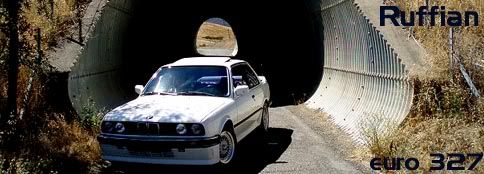I have searching idle and was wondering if anyone can offer any suggestions
1.) searching idle is MOST of the time not present when its cold outside before 50
2.) the warmer the more likely the searching idle
3.) searching idle between 500 to 1000
4.) when its not searching its 700rpm stable.
1.) searching idle is MOST of the time not present when its cold outside before 50
2.) the warmer the more likely the searching idle
3.) searching idle between 500 to 1000
4.) when its not searching its 700rpm stable.


Comment